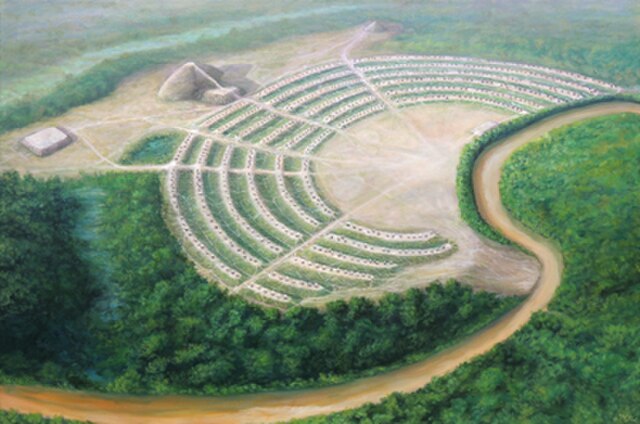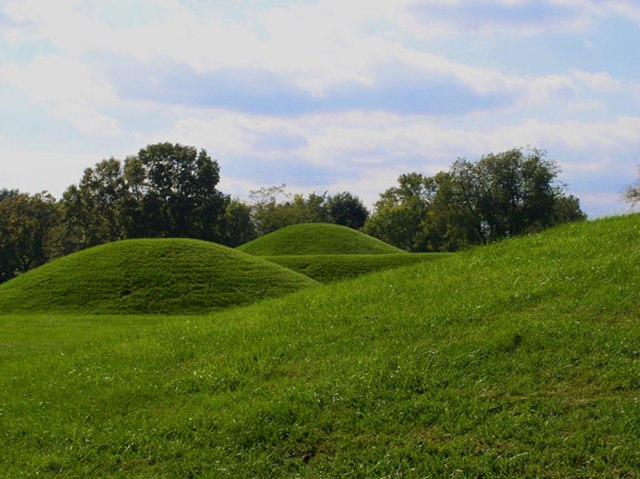Archaeology of the Americas
The archaeology of the Americas is the study of the archaeology of the Western Hemisphere, including North America (Mesoamerica), Central America, South America and the Caribbean. This includes the study of pre-historic/Pre-Columbian and historic indigenous American peoples, as well as historical archaeology of more recent eras, including the Trans-Atlantic slave trade and European colonization.
Temple of Kukulcan in Chichen Itza located on top of Kukulcan pyramid
The Avenue of the Dead in Teotihuacan
The iconic Machu Picchu, symbol of the Inca civilization
Burnt Hill Stone Circle, Heath, Massachusetts, USA
In the history of the Americas, the pre-Columbian era, also known as the pre-contact era, spans from the original peopling of the Americas in the Upper Paleolithic to European colonization, which began with Christopher Columbus's voyage of 1492. Usually, the era covers the history of Indigenous cultures until significant influence by Europeans. This may have occurred decades or even centuries after Columbus for certain cultures.
Artist's reconstruction of Poverty Point, 1500 BCE
Hopewell mounds from the Mound City group in Ohio
Monks Mound of Cahokia (UNESCO World Heritage Site) in summer. The concrete staircase follows the approximate course of the ancient wooden stairs.
An artistic recreation of The Kincaid site from the prehistoric Mississippian culture as it may have looked at its peak 1050–1400 CE








